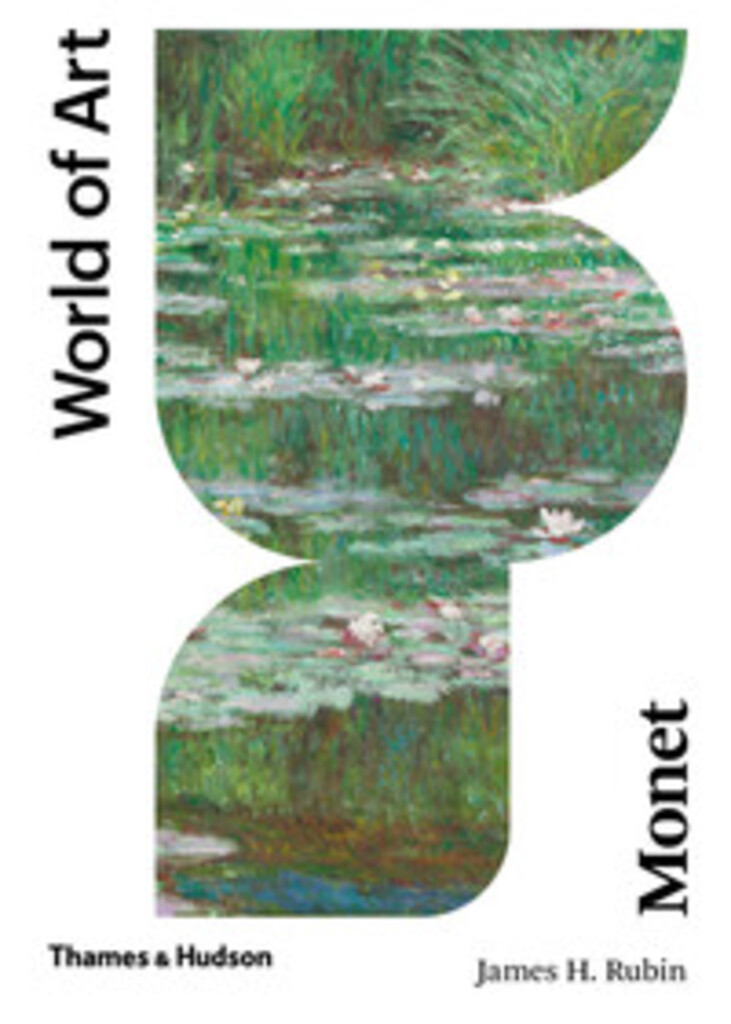Monet
James H. Rubin
Bok Engelsk 2020
| Omfang | 223 sider : illustrasjoner
|
|---|---|
| Opplysninger | Defying traditions: from caricaturist to career -- Defining impressionism: aspects of modernity -- Interludes and crises: personal, public and pictorial -- The picturesque as turning point: travels, sites and series -- Poetry in the garden: the decorative, the 'water lilies' and art nouveau -- Vision and subjectivity: seeing with the body -- Political contexts: nationalism and utopia -- A lasting legacy: the patriarch of modern art.. - Claude Monet (1840-1926) is one of the most admired and famous painters of all time, and the architect of Impressionism: a revolution that gave birth to modern art. His technique - painting out of doors, at the seashore or in the city streets - was as radically new as his subject matter, the landscapes and middle-class pastimes of a newly industrialized Paris. Painting with an unprecedented immediacy and authenticity, Monet claimed that his work was something new: both natural and true. 0In this new introductory study, James H. Rubin - one of the world's foremost specialists in 19th-century French art - traces the development of Monet's practice, from his early work as a caricaturist to the late paintings of waterlilies and his garden at Giverny. Rubin explores the cultural currents that helped to shape Monet's work: the utopian thought that gave rise to his politics; his interest in Japanese prints, gardening, and trends in the decorative arts; and his relationship with earlier French landscape painters as well as such contemporaries as Manet and Renoir
|
| Emner | Monet, Claude , 1840-1926 : (NO-TrBIB)1523345890207
Impressionism (Art) Impresjonisme : (NO-TrBIB)HUME05704 Malerkunst : (NO-TrBIB)HUME05333 |
| Dewey | |
| ISBN | 9780500204474
|
